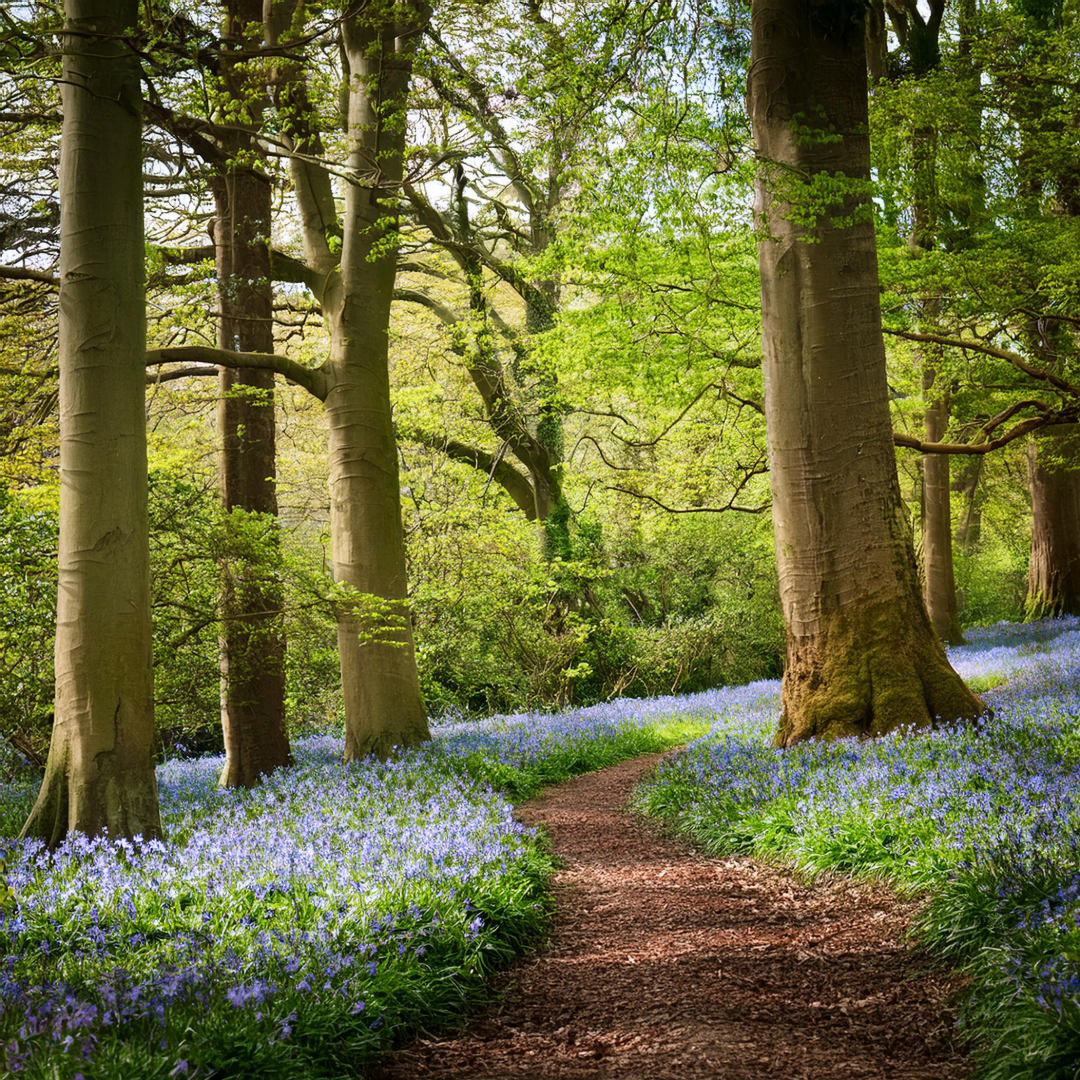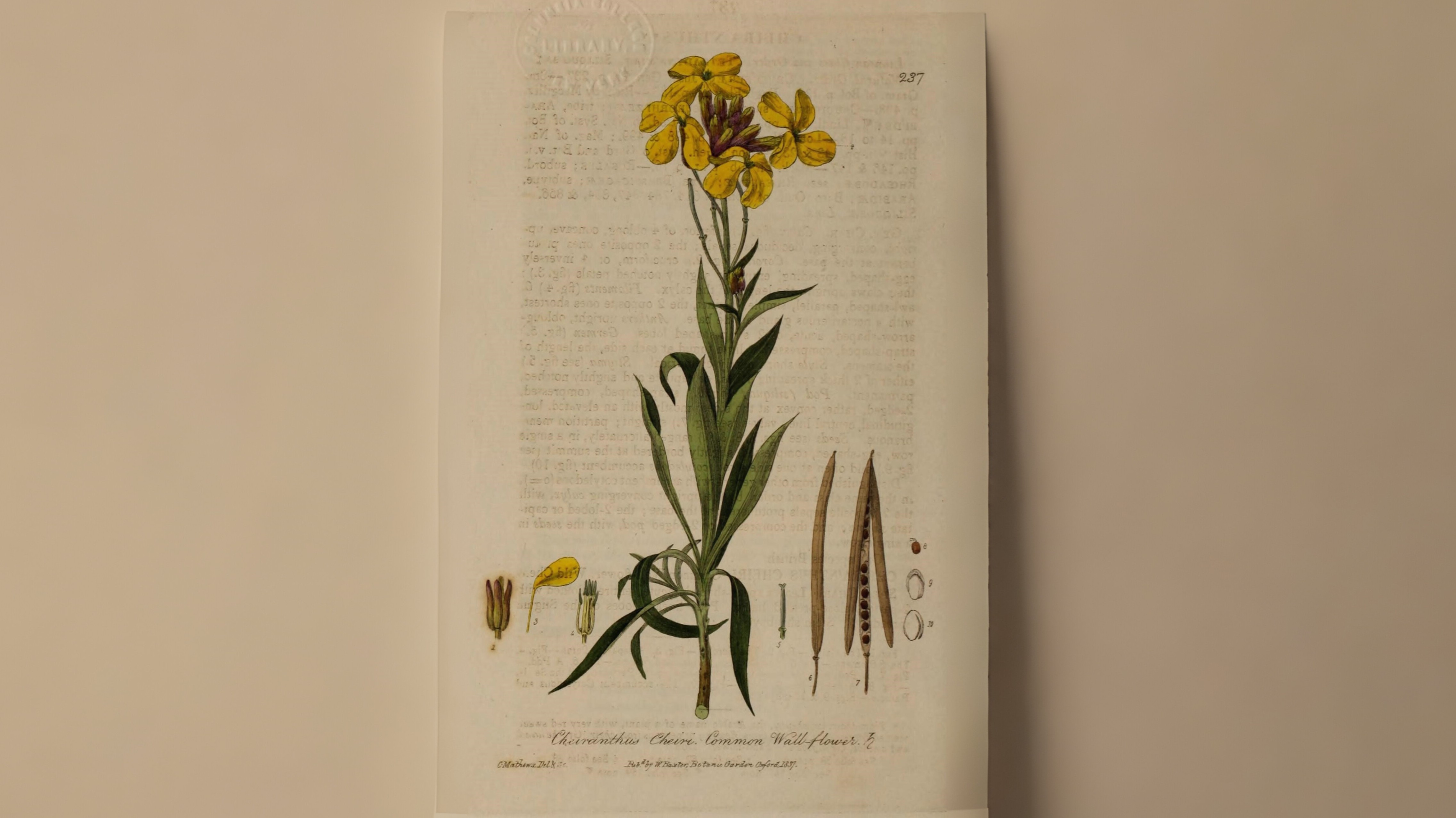🌿 March’s Wildflower Wonders: A London Guide 🌸
This 18 March, dive into the vibrant world of London’s wildflowers as they burst into life. From the delicate wood anemones dancing in the breeze to the bold blooms of cow parsley and garlic mustard lining paths, March is a treasure trove of botanical beauty. Discover the enchanting woodlands of Devilsden and High Elms, where bluebells and wild strawberries begin to peek through, and uncover the stories behind lesser-known gems like the wild tulip and Thale cress.
Whether you’re a seasoned botanist or a casual nature lover, this article will inspire you to explore London’s wildflower havens. Don’t miss it—return on 18 March for a floral adventure!
March is the last month when it is still relatively easy to become acquainted with all of London’s wild flowers. Most continue to flower from last month but now they look bigger and brighter e.g. shepherd’s purse, wavy bittercress, whitlow grass, moschatel, barren strawberry, groundsel, red deadnettle, white deadnettle, chickweed, daisies as well as greater and lesser periwinkle.
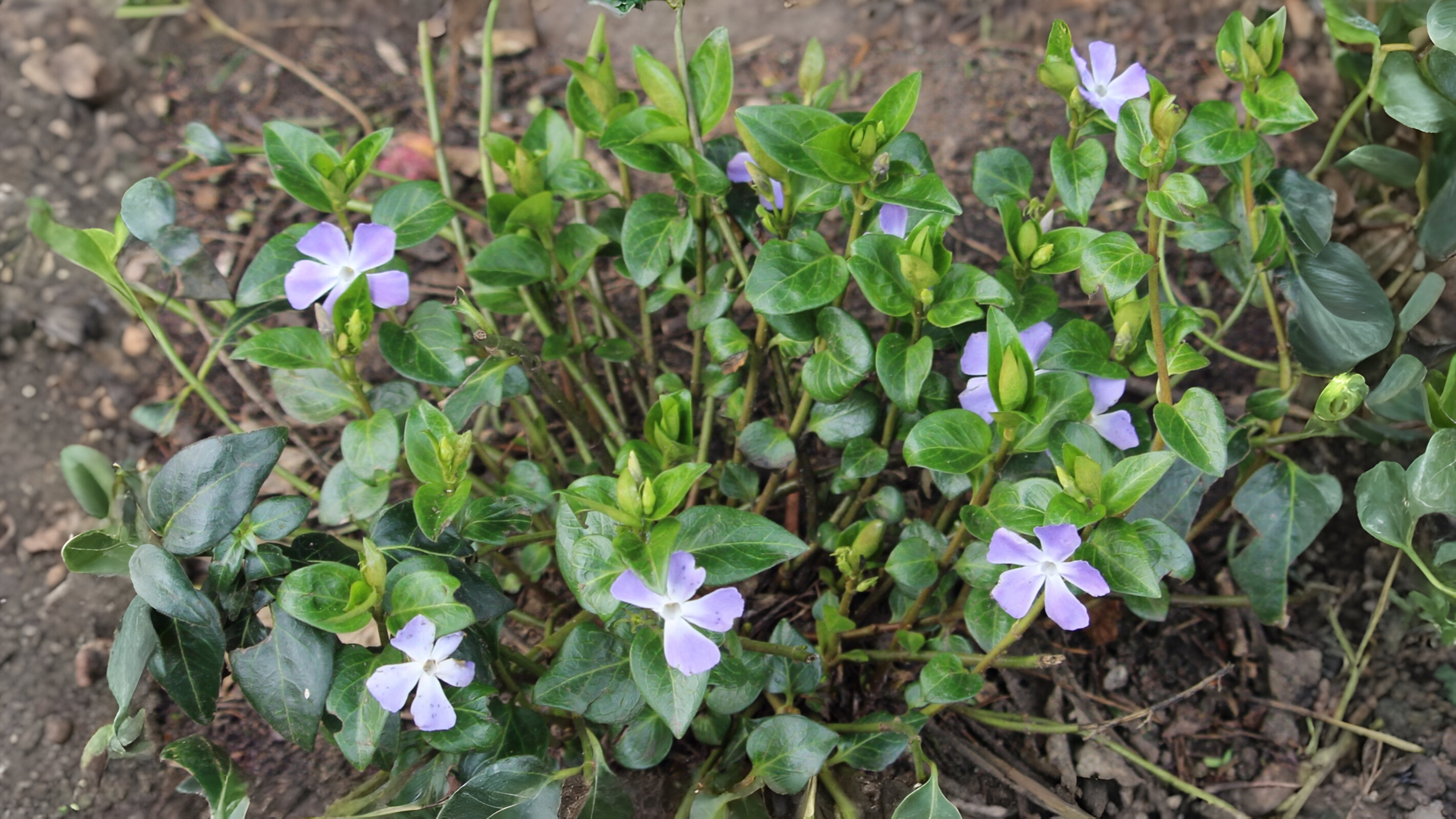
There is an attractive violet-coloured form of the lesser periwinkle which was much loved by Queen Victoria and can be found growing near the entrance to her mausoleum at Frogmore. Woods are the best habitat to look for wild flowers this month as many take advantage of the increased light to rush into flower before the tree canopy closes over.
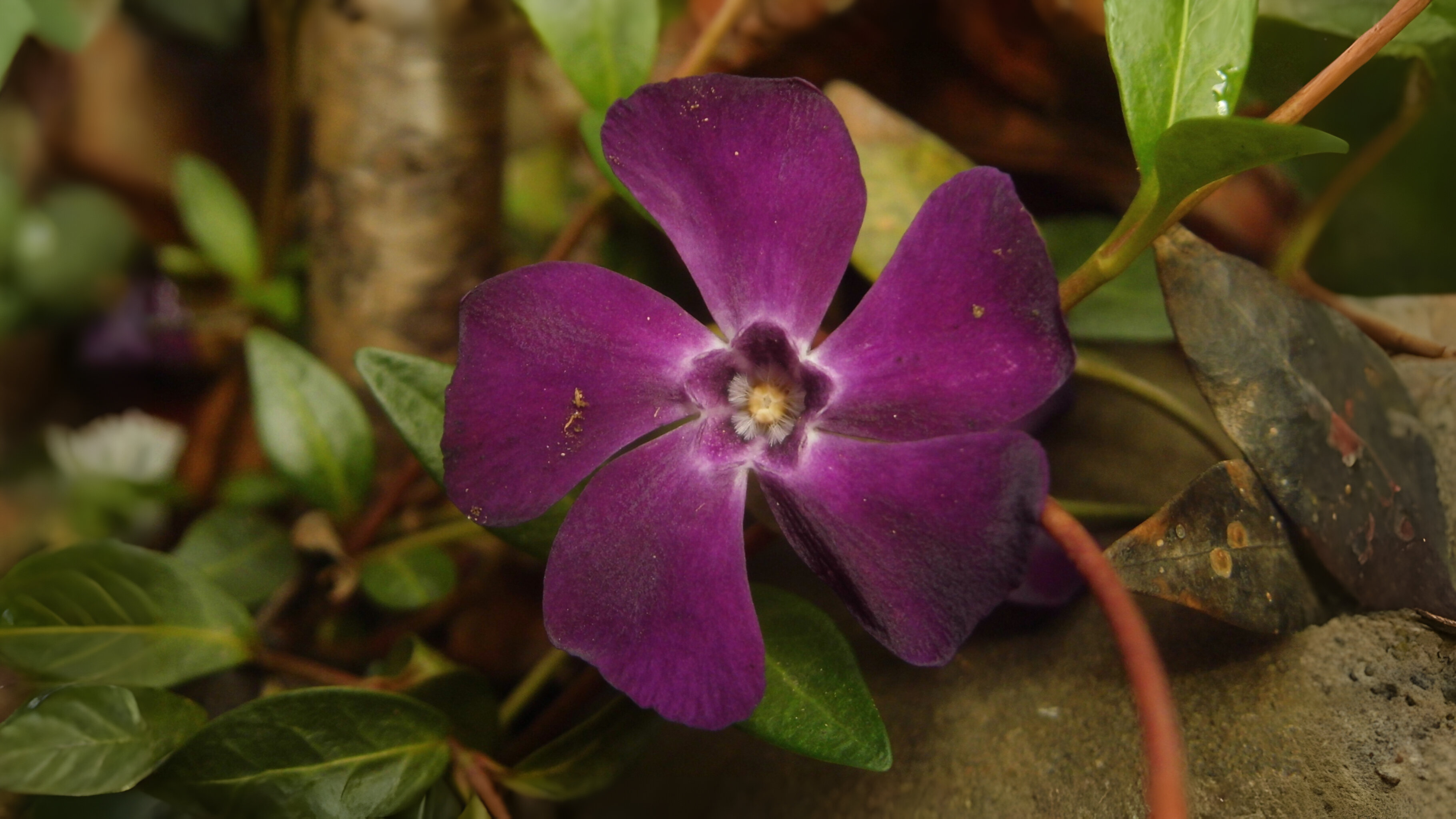
Dog’s mercury, ground ivy, celandine, white and red deadnettle, wavy bittercress, wood anemones and developing cuckoo pint are all easily seen. Lungwort, wood sorrel, butcher’s broom, greater stitchwort and wood spurge are less common. The first tentative flowers of bluebells and even wild strawberries may be found among the wood anemones. Wood anemones Anemone nemorosa are mainly white, but some have pale lilac undersides. Their season is a short one, around the vernal equinox. Pliny said they never bloomed except when the wind blew and they certainly move a lot even if there is just a hint of wind. They still move in woods when the hazel catkins above them are stationary. Fairies were believed to sleep in the closed petals and to be responsible for any careless pencilling on the petals themselves. Woods worth visiting now with rich ground floras include Devilsden Wood, High Elms and Old Park Wood in Hillingdon.
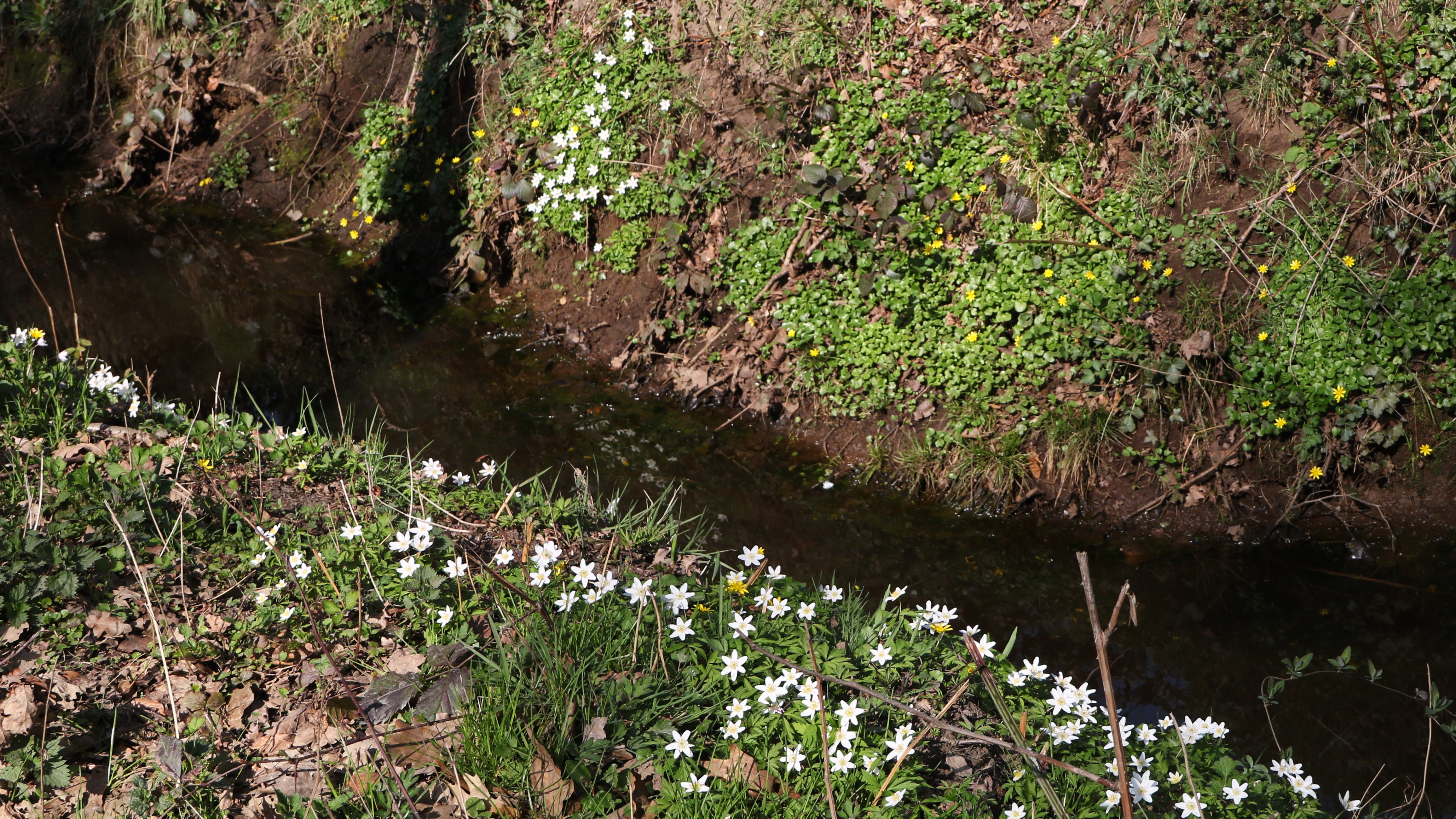
At the sides of many paths a thick leaf growth is also starting to develop. The species involved are usually cow parsley, hogweed, nettles, greater celandine, garlic mustard and alexanders. In wetter areas, moschatel is joined by marsh marigold, coltsfoot, golden saxifrage, butterbur and perhaps the leafy growth of water dropwort. Waste areas of ground as mentioned are also good places to find other wild flowers this month. Besides those species already mentioned charlock, common mouse-ear, three-nerved sandwort, ribwort plantain, doves-foot cranesbill, petty spurge, soft comfrey, alkanet and the first flowers of forget-me-not and Oxford ragwort may be found.
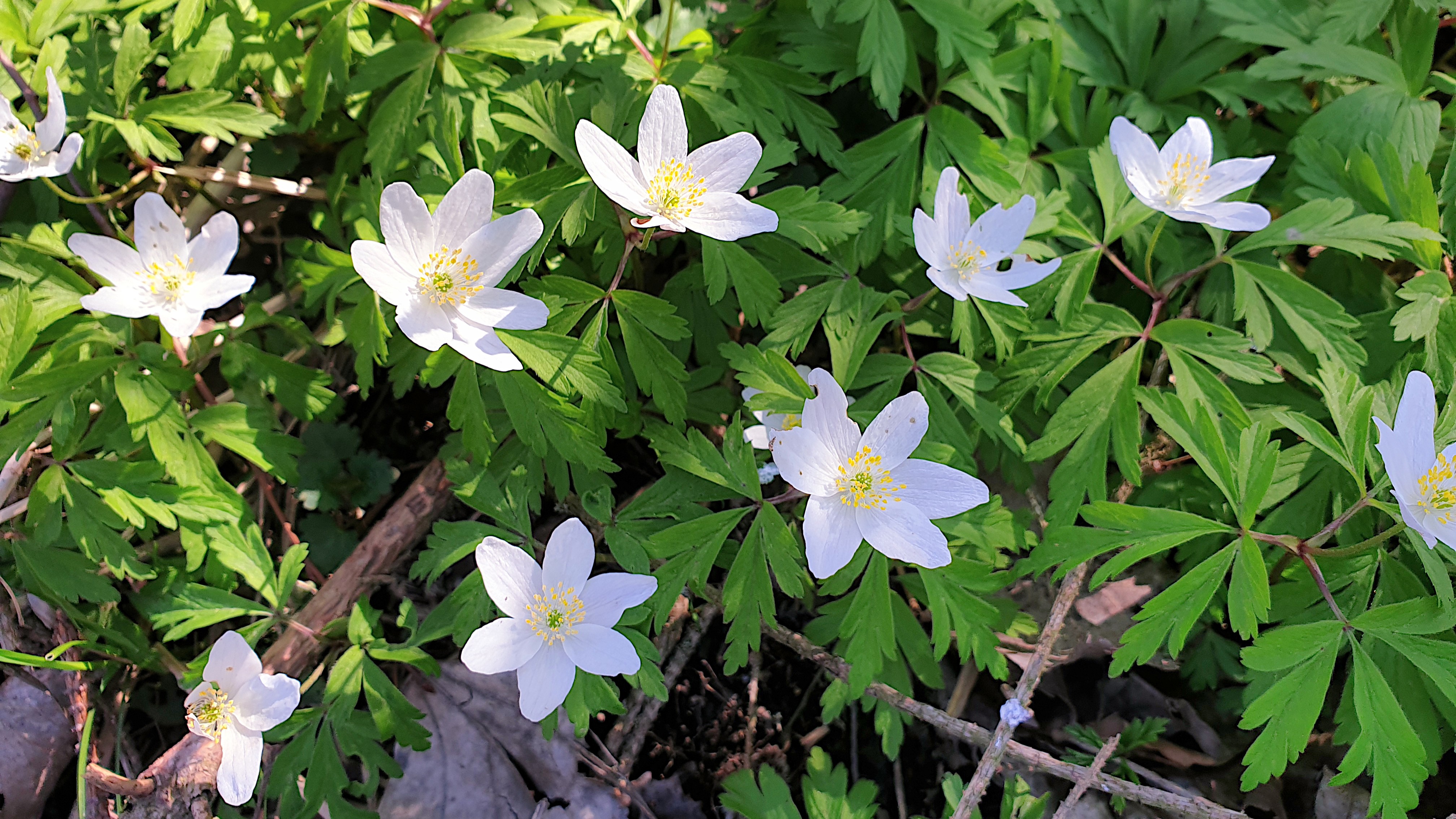
The first grasses to be noticed, after annual meadow grass last month, are usually cocksfoot and wall barley. One of the most attractive March flowers is the wild tulip Tulipa sylvestris which still grew near Godalming till the end of the nineteenth century but now can only be seen in gardens.
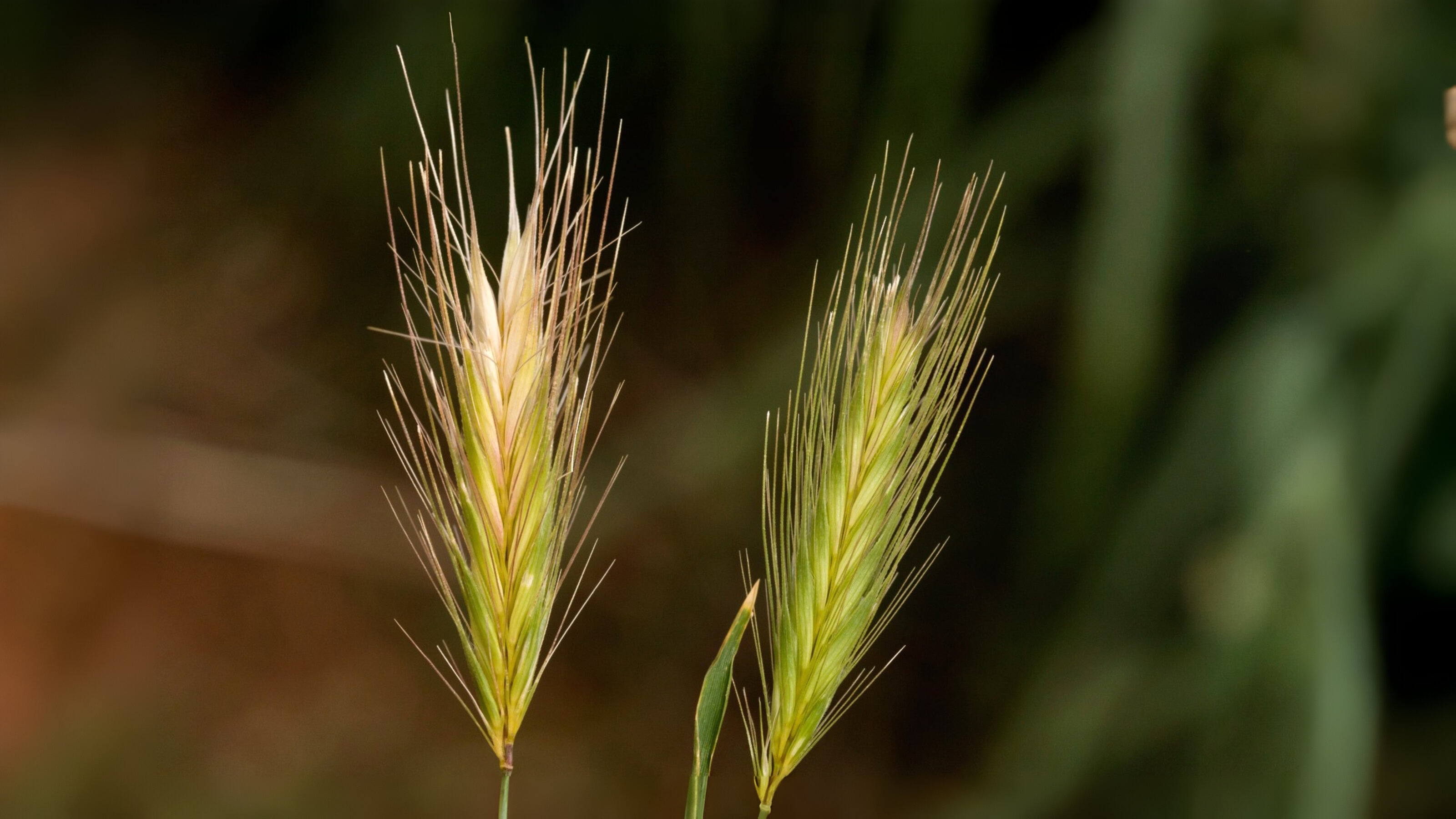
Wild wallflowers Cheiranthus cheiri have fared rather better and it may still be worth looking for them on old walls around Waltham Abbey. One of the least attractive plants of March or even the year has to be Thale cress Arabidopsis thaliana with its tiny clusters of white flowers that are so easily missed. What it lacks in beauty it more than makes up for in fecundity with some strains producing seeds a mere four weeks after germinating themselves. This not only means it can quickly colonise the rocky sides of railway tracks but has done so from here to Australia. Lastly, if you pass any mistletoe this month it is worth giving it a second glance as it is now in flower. Male flowers are on separate plants to females and have strange honeycomb-like stamens.
